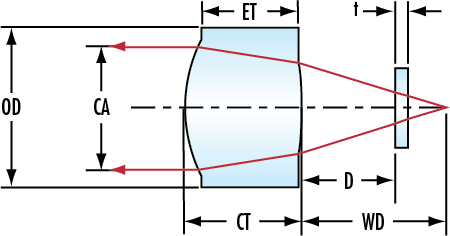무엇을 도와드릴까요?

LightPath® Geltech™ Molded Aspheric Lenses는 각종 레이저 용도에서 구면 수차를 제거하고 초점 및 시준 정밀도를 개선하는 데 사용됩니다. NA가 낮은 비구면 렌즈는 빔 형상을 유지하도록 설계된 반면, NA가 높은 비구면 렌즈는 가용 빛을 전부 다 모아 장거리에서도 빛의 출력을 유지하도록 설계되었습니다. LightPath® Geltech™ Molded Aspheric Lenses는 조준 시스템, 바코드 스캐너, 레이저 다이오드와 광섬유 결합, 광데이터 저장, 바이오메디컬 등과 같은 용도에 이상적으로 사용할 수 있습니다.

본사 및 지사별 연락처 확인하기
견적 요청 도구
재고 번호 입력 필요
Copyright 2023, 에드몬드옵틱스코리아 사업자 등록번호: 110-81-74657 | 대표이사: 앙텍하우 | 통신판매업 신고번호: 제 2022-서울마포-0965호, 서울특별시 마포구 월드컵북로 21, 7층 (서교동, 풍성빌딩)
The FUTURE Depends On Optics®